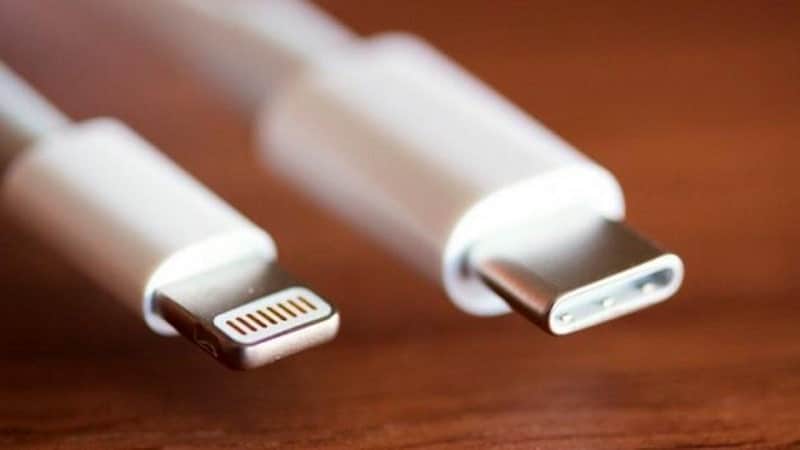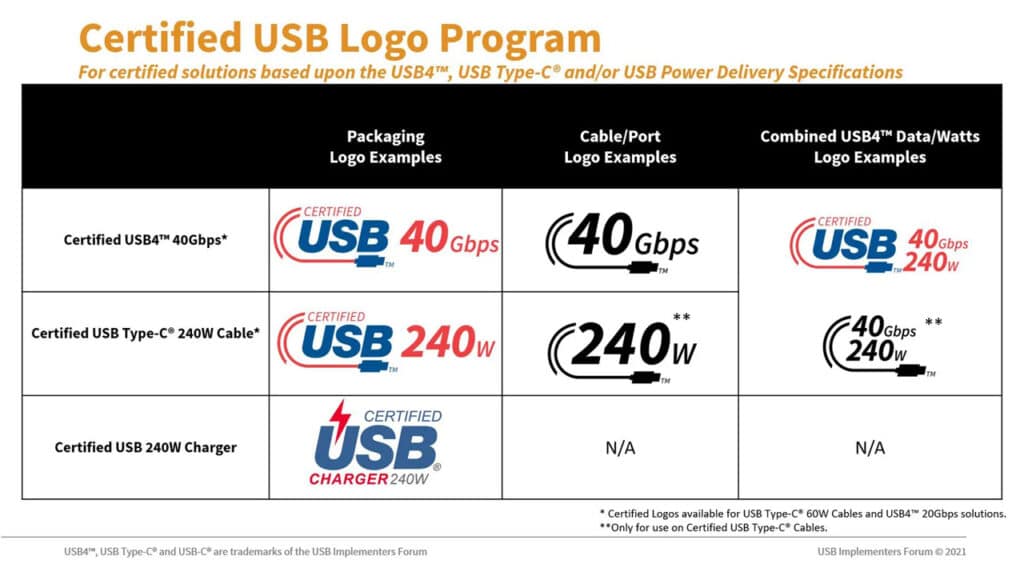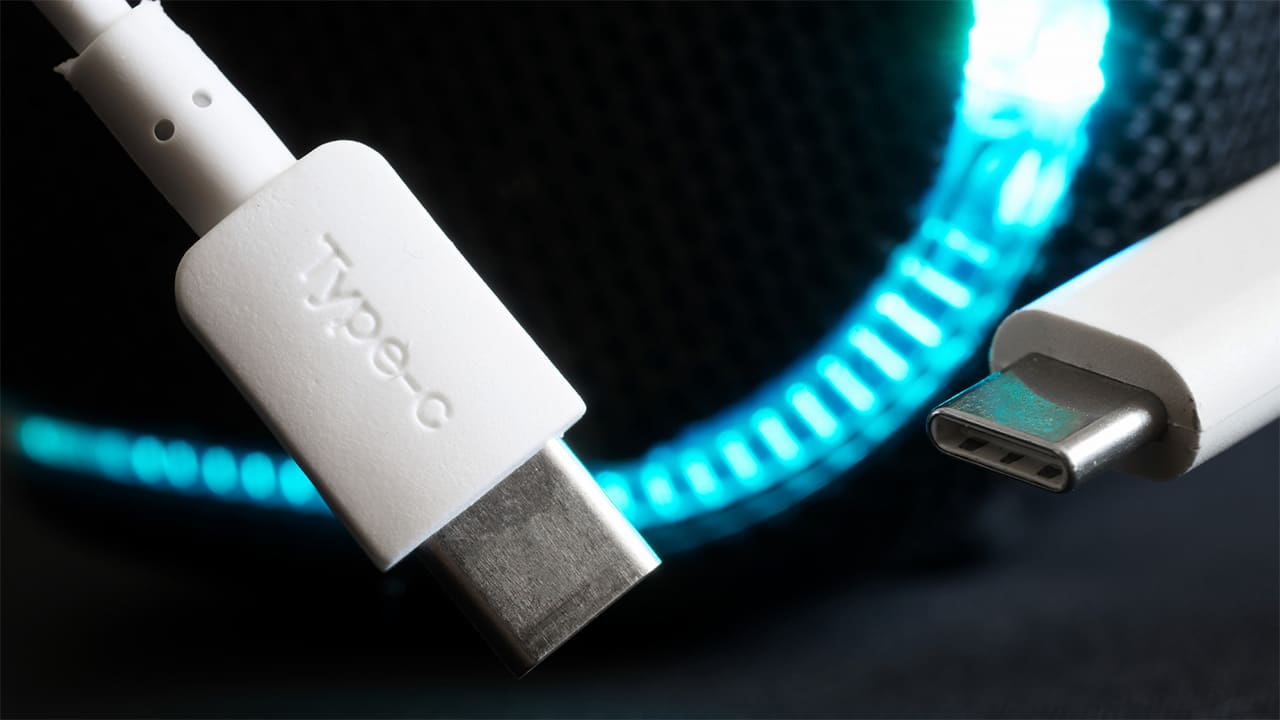L’USB Implementers Forum (USB-IF), the group that deals with USB standards in its many and varied incarnations – has introduced new official logos that companies can use to mark USB-C cables and packaging to better recognize them. The goal is noble, aiming at alleviate confusion about the different types of USB-C cables which can differ widely in charging speed and data transfer.
The new logos should make purchasing USB-C cables easier

Of course, USB-IF has chosen to simplify things the only way it knows: a slew of new logos that will soon adorn the cable and charger packs to help tell customers what charging and data speeds they support. According to the organization it should be simple, but it’s still about seven new logos indicating the specifications of the cable. In short, the effort is to be appreciated, but will it really help buyers?
The new labels are meant to tie in with the recent specification USB Power Delivery (USB PD) 3.1 announced earlier this year. Confusingly it is part of the USB Type-C Release 2.1 specification and offers devices that can be loaded with up to 240 W of power. Assuming you have the right cable and charger.
Given that the aforementioned mess of spec numbers and versions is a nightmare for consumers, the new logos (clearly indicating the maximum supported speed and charging for a USB4 certified device) are definitely better than nothing.

Still an extremely confusing standard
But the new logos also help to show how confusing the USB-C standard is still. There are separate logos to support data rates of 40 Gbps; as well as speeds of 20Gbps and also two levels of power specifications: 240W and 60W.
The most infuriating thing is that the standards are not tied together. You might get a cable that supports 40 Gbps data transfers but slower charging. You might get a fast charging 240W cable but with 20Gbps data transfer. You can buy a cable that supports both (USB-IF offers a combined logo to indicate when the hardware supports both fast charging and data speed), but it is still up to the manufacturers to actually use the logos and customers understand it all.
In part this is due to the speed with which USB-C standards have changed in recent years. Technology has improved, hardware has improved, and devices need faster charging and data transfer speeds. But there’s still a long way to go before the USB-C standard reaches its plug-and-play potential, if it ever does.















Leave a Reply
View Comments